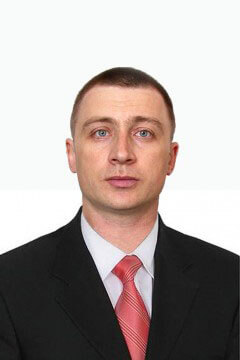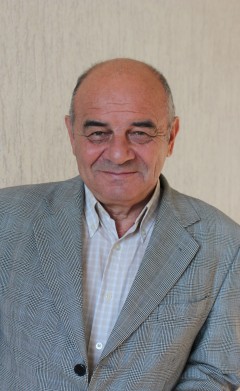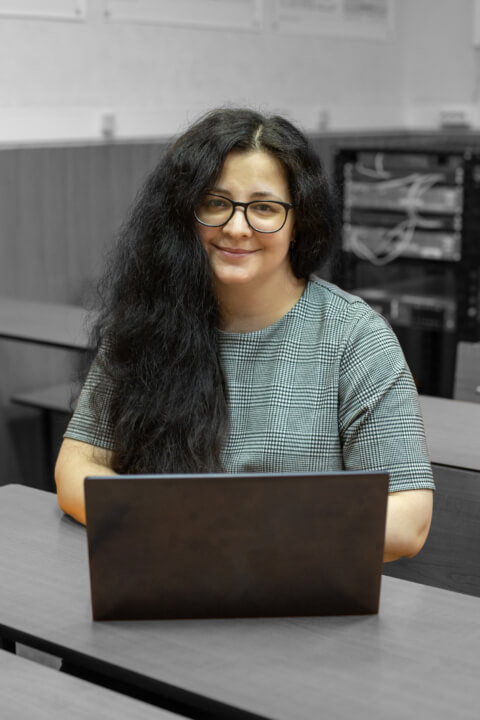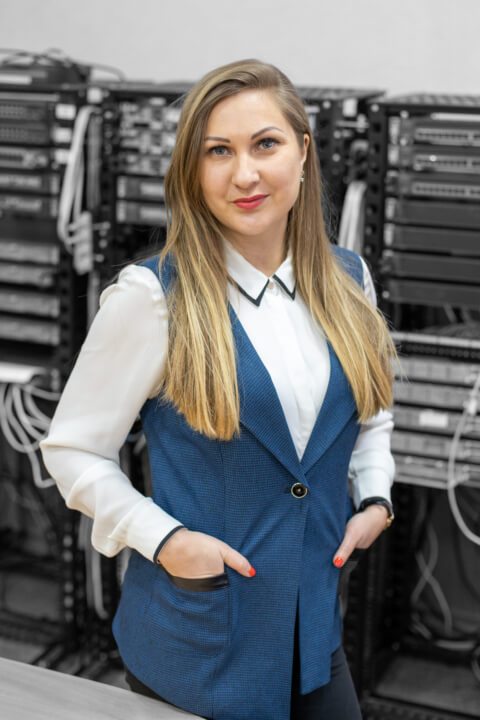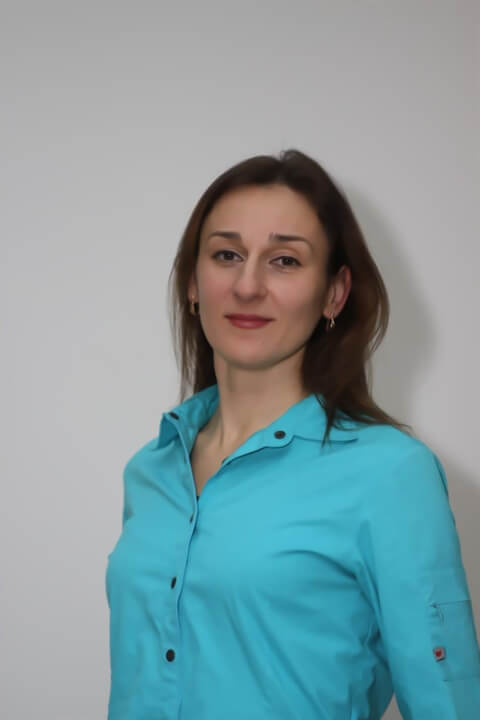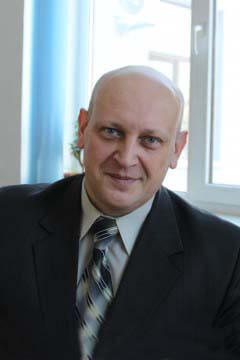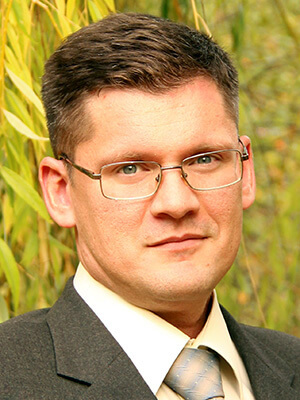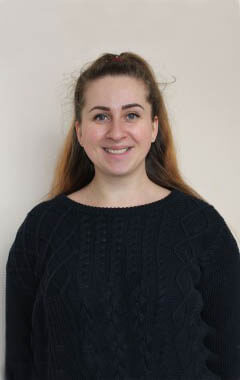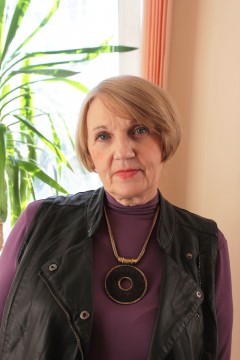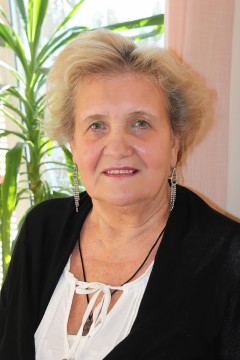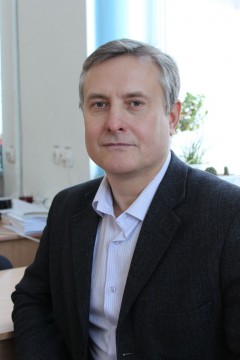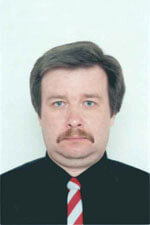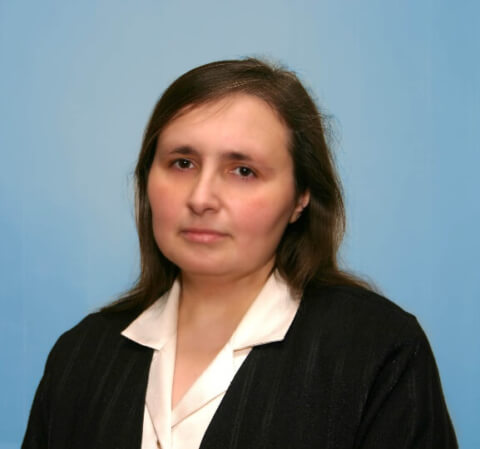NGN NETWORKS AND SWITCHING SYSTEMS LABORATORY
 The laboratory is located in room 310, in responsible charge – M.Y. Oshchepkov.
The laboratory is located in room 310, in responsible charge – M.Y. Oshchepkov.
THE LABORATORY OF NEW GENERATION NGN NETWORKS AND SWITCHING SYSTEMS IS LOCATED IN AUDITORIUM 310 AND PROVIDES LABORATORY WORKSHOPS ON THE FOLLOWING DISCIPLINES:
- Information distribution systems;
- Alarm system in telecommunication networks
- Design of telecommunications systems.
LABORATORY EQUIPMENT INCLUDES:
- small capacity system SI 2000/320 manufactured by JV Monis;
- subscriber terminals: system phones, ISDN terminals, IP phones manufactured by Samsung, Iskratel, DGT;
- PBX iDCS 500 manufactured by Samsung;
- PBX OfficeServ 500 manufactured by Samsung;
- PBX OfficeServ 100 manufactured by Samsung;
- PBX OfficeServ 12 manufactured by Samsung;
- PBX DCS Compact manufactured by Samsung;
- MT360 PBX manufactured by Macrotel;
- PBX DGT-3450 CARO2; SunSet MTT platform with E1 SSMTT-27L flow analysis module;
- NGN gateways (MGW VGW);
- Aethra vega X3 video conferencing system;
- 6 stationary personal computers and 2 laptops with specialized software installed that provide remote administration and diagnostics of telecommunications equipment installed in the laboratory.



LABORATORY WORK AND PRACTICAL LESSONS USING LABORATORY EQUIPMENT HAVE BEEN DEVELOPED AND ARE BEING CARRIED OUT IN THE COURSE OF STUDYING THE DISCIPLINES “ALARM SYSTEM IN TELECOMMUNICATION NETWORKS” AND “DESIGN OF TELECOMMUNICATION SYSTEMS”:
- Joint research V.5.2
- Research of the OKs No. 7 alarm system (ISUP
- DSS-1 alarm system research
- Sip Alarm System Research;
- Organization of pot interaction with the NGN network;
- Deployment of the “Triple Play” service delivery system.
LABORATORY WORKS PERFORMED IN THE COURSES “INFORMATION DISTRIBUTION SYSTEMS”, ” MANAGEMENT AND ROUTING IN TCS»:
- Research of telephone network end devices;
- Research of call flows. Call flow properties and parameters;
- Investigation of telephone load characteristics and parameters;
- Research of switching system throughput
- Research on the construction and functioning of coordinate PBX registers;
- Investigation of the construction and functioning of coordinate PBX markers;
- Research of the switching Program Manager Operation;
- Switching process in quasi-electronic information distribution systems
- Multi-step method for establishing a connection;
- Switching process in electronic-digital information distribution systems;
- Investigation of the switching process in digital switching fields;
- IDCS500 ANDEWSD PBX research;
- Investigation of the principle of operation of the Alcatel 1000e10 digital PBX for long-distance connections
- Research of the digital switching program system of intercity PBX DGT3450;
- Investigation of the principle of operation of the SI2000 digital PBX for inter-network calls;
- Basics of configuring NGN network elements;
PLACE OF THE LABORATORY IN THE TELECOMMUNICATIONS NETWORK OF THE DEPARTMENT
Telecommunications equipment installed in the laboratory is connected to the telephone and information and computing network of the department using wired and wireless channels, as well as connected to the city telephone network.
The use of switching equipment of the laboratory made it possible to provide telephone communication to all the laboratories and premises of the department with an access to the city and long-distance telephone network.
The laboratory has direct cable connections with labs 306 and 305, which allows one to deploy fragments of telecommunications networks of various configurations to study the interaction of laboratory telecommunications equipment with telecommunications equipment installed in other laboratories of the Department.
FURTHER IMPROVEMENT OF LABORATORY EQUIPMENT IS PLANNED, IN PARTICULAR:
- replacing students ‘ personal computers with more modern modified ones;
- modernization of the structured cabling system of the laboratory for the organization of universal student workplaces, which will ensure mutual connection of subscriber terminals and diagnostic equipment at students ‘ workplaces and communication stations installed in the laboratory;
- installation of multimedia classroom equipment, which includes an EPSON EB-X6 multimedia projector, an automated teacher’s workplace, an audio support system, and a system for connecting students ‘ PCs. Organization of interaction of multimedia-class equipment with the video conferencing system;
- connecting a workstation to servers for organizing virtual networks and workplaces using “thin client“ technology based on the use of diskless stations.

 Українська
Українська
